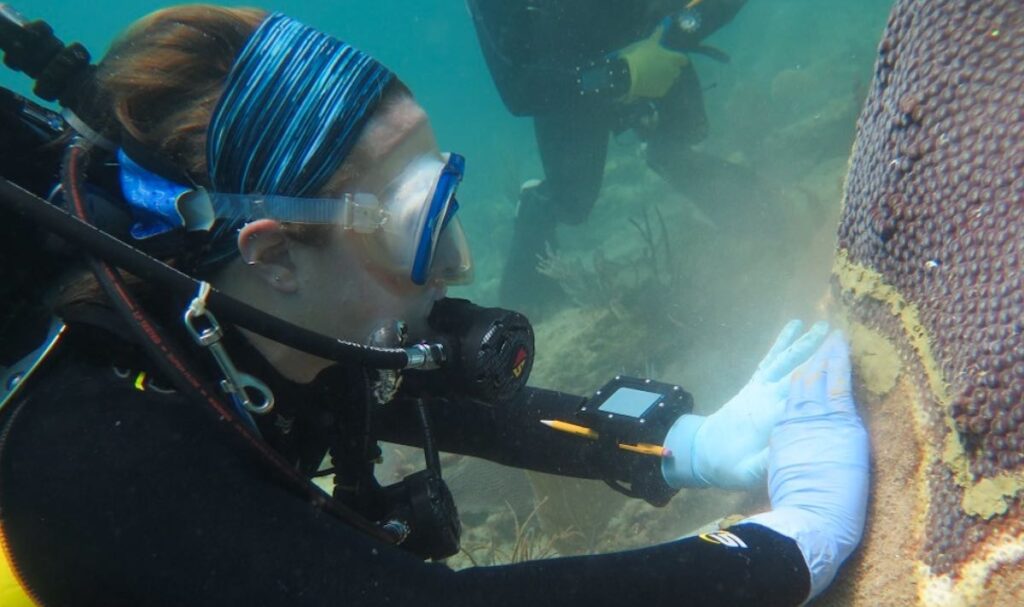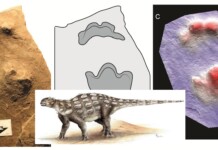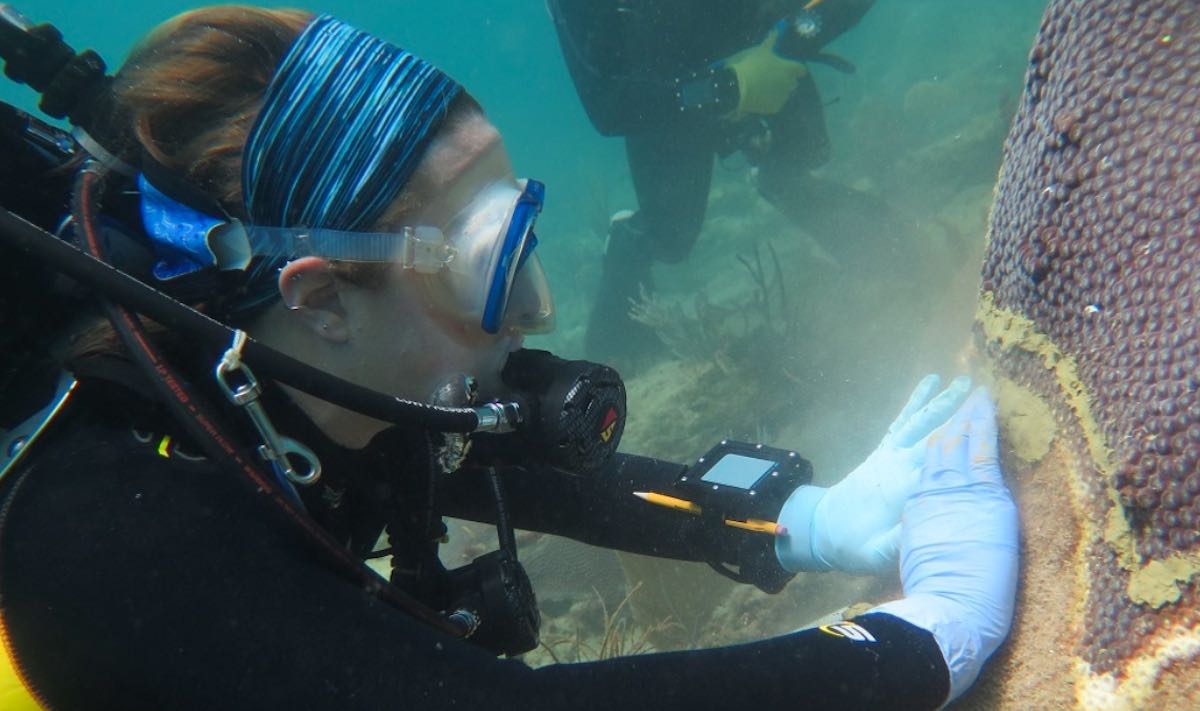Diseases continue to be a major threat to coral reef health, but a new study by Florida researchers reveals how a common antibiotic used to treat bacterial infections in humans is showing great promise.

A recent outbreak of an infectious disease called stony coral tissue loss has affected 20 different stony coral species. First discovered in 2014 in Miami-Dade County, the disease has spread throughout Florida’s Coral Reef and into parts of the Caribbean.
In treating disease-affected Montastraea cavernosa coral colonies (the Great Star Coral widely found in the Atlantic), the Harbor Branch Oceanographic Institute of Florida Atlantic University found that an amoxicillin treatment had a 95 percent success rate at healing individual disease lesions.
Though, it did not necessarily prevent treated colonies from developing new lesions over time, preserving M. cavernosa colonies is important due to its role as a dominant reef builder in Florida’s Coral Reef.
“There are three possible scenarios that may explain the appearance of new lesions in the amoxicillin treated lesions of the corals that had healed in our study,” said Erin N. Shilling, M.S., the study‘s author.
“It’s possible that the causative agent of stony coral tissue loss disease is still present in the environment and is re-infecting quiesced colonies. It also could be that the duration and dose of this antibiotic intervention was sufficient to arrest stony coral tissue loss, but insufficient at eliminating its pathogens from other areas of the coral colony.”
“Success in treating stony coral tissue loss disease with antibiotics may benefit from using approaches typically successful against bacterial infections in humans—for example using a strong initial dose of antibiotics followed by a regimen of smaller supplementary doses over time,” said Joshua Voss, Ph.D., senior author, an associate research professor at FAU Harbor Branch and executive director of the NOAA Cooperative Institute for Ocean Exploration, Research, and Technology.
“Further efforts are needed to optimize dosing and delivery methods for antibiotic treatments…and scale up intervention treatments effectively.”
CHECK OUT: Scientists Make History With Discovery That Will Help Save America’s Great Coral Reef
The study was conducted approximately 2 kilometers offshore from Lauderdale-by-the-Sea in Broward County. Colonies were monitored periodically over 11 months..
This research is a collaboration that includes the Disease Advisory Committee (DAC) organized by the Florida Department of Environmental Protection and NOAA, of which Voss and Shilling are members.
The study, published in Scientific Reports, was funded by the Florida Department of Environmental Protection, the Environmental Protection Agency, and the Harbor Branch Oceanographic Institute Foundation.
Dive Over to Social Media and Share the Breakthrough…




















